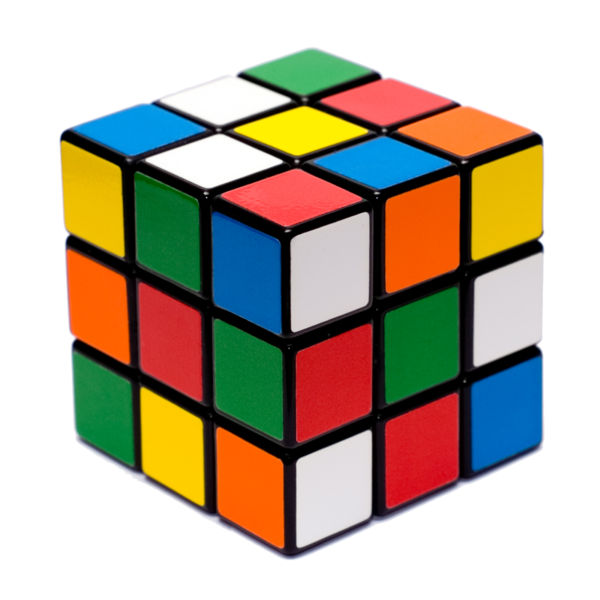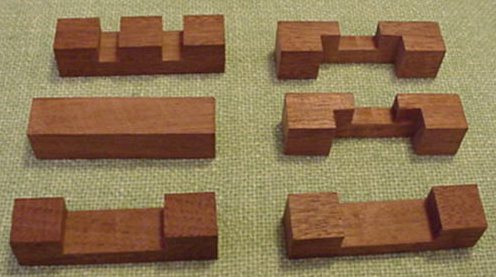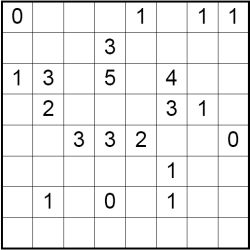

The puzzle in solved and scrambled form.
Rubik's Cube is a type of mechanical puzzle in a 3x3x3 cube, with 6 sides of the cubes covered by 9 stickers. Each face will have different colour, forming a total of 6 different colours on the cube. All the 6 faces of the cube can be turned independently.
The aim of the puzzle is to turn the layers of the cube, and try to restore it from scrambled back to solved form.
Feel free to play around with the cube by clicking this link.
There are lots of method for solving this puzzle, the most common method is the layer-by-layer (LBL) method, because it is a beginner's method, so most people start learning this method first, before moving on to more advanced methods.
The activity of trying to solve the puzzle as quick as possible is known as speedcubing or speedsolving. The current world record of Rubik's cube single solve in an official competition is 6.65 seconds, held by Feliks Zemdegs from Australia. The previous record was 6.77 seconds, which was hold by Feliks himself as well. The record was set on 28th January 2010, so I had edit the post, to update my readers with the latest record.
Watch the world record solve in the video below:
History of Rubik's Cube
The cube was invented by a Hungarian sculptor and professor of engineering, Ernő Rubik in 1974. The puzzle was originally called Magic Cube, and being sold by Ideal Toys in 1980, under the license by Rubik, and won the German Game of the Year special award for Best Puzzle in the same year.
Over 350 millions of the cube have been sold worldwide as of January 2009, making the cube as the top selling puzzle.
Initially, the cube was used by Rubik as a teaching tool, to help his students understand more about 3D objects. He realized it is a puzzle only when he started playing around with the cube, and found it very hard to restore the cube after scrambling it.








